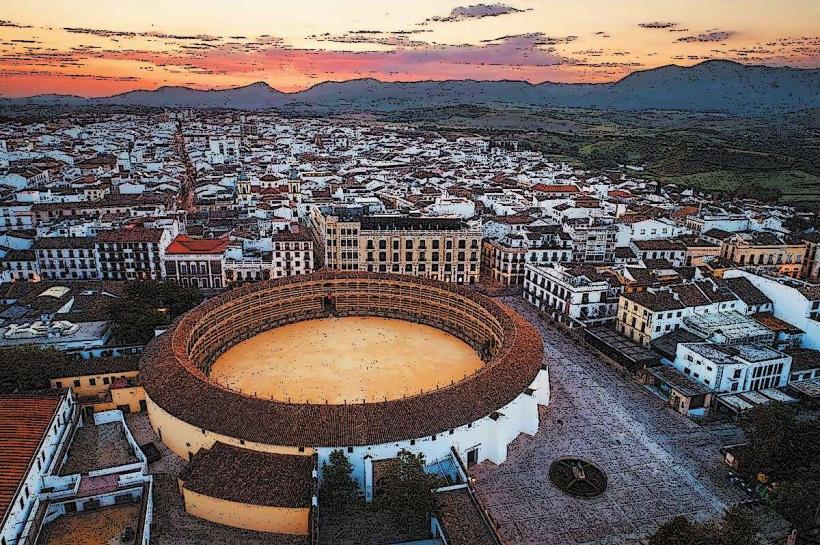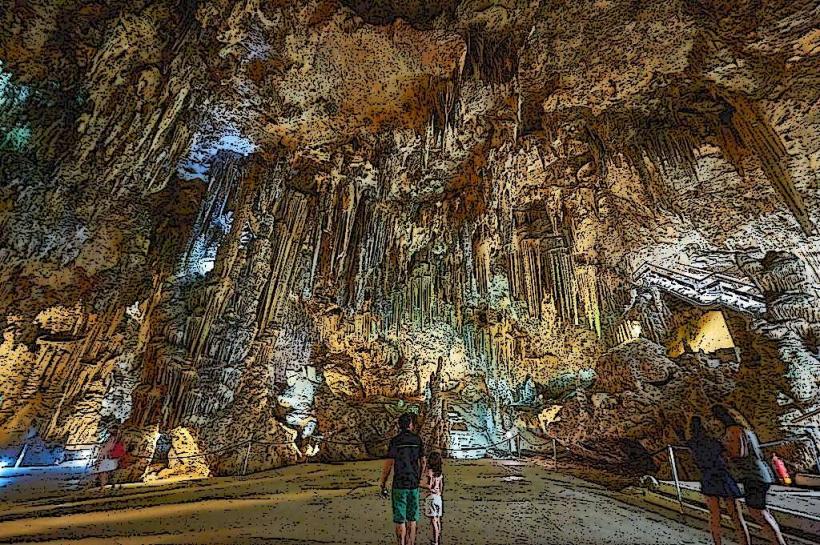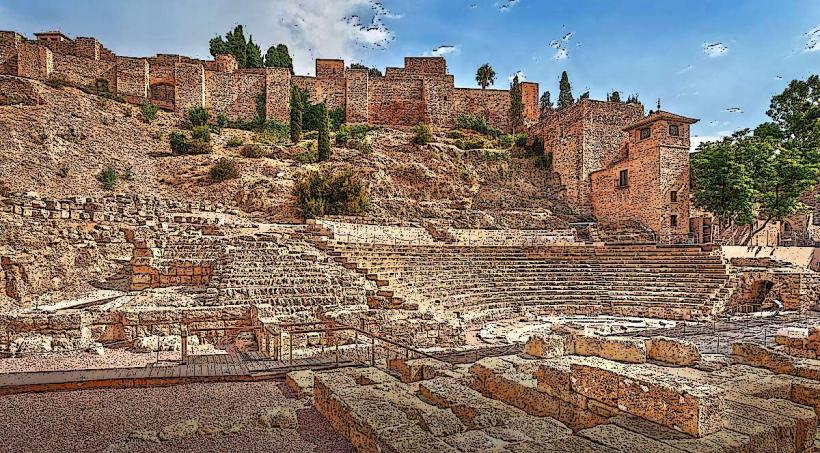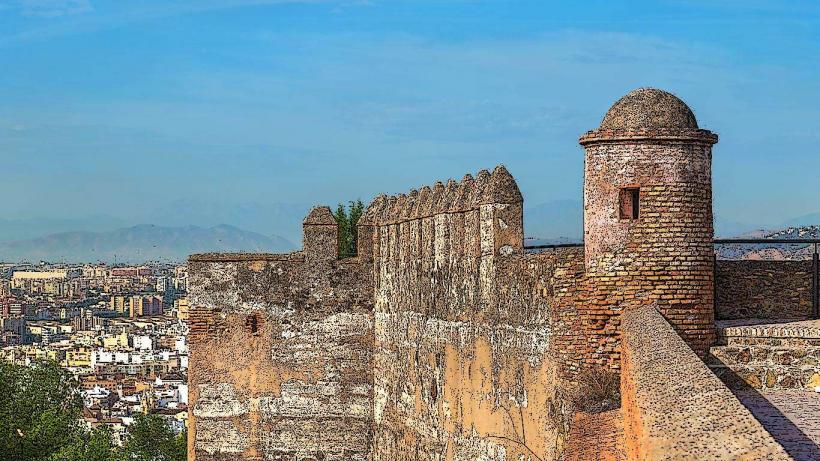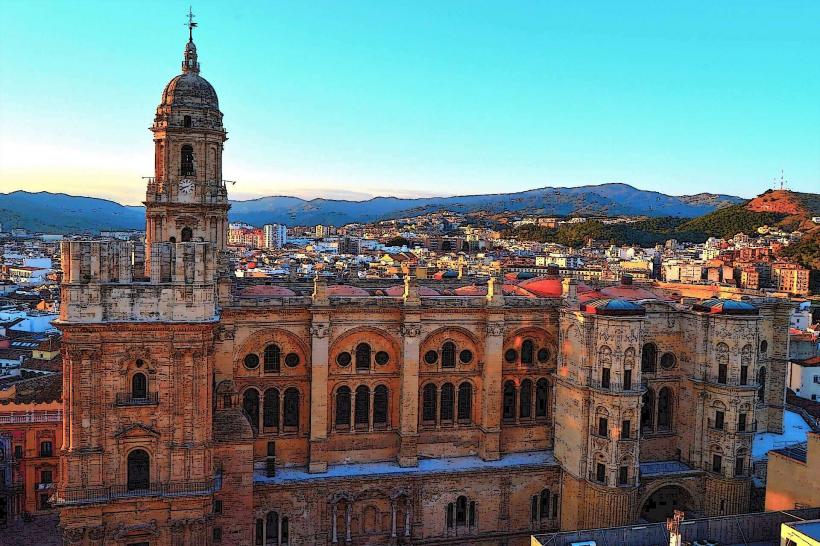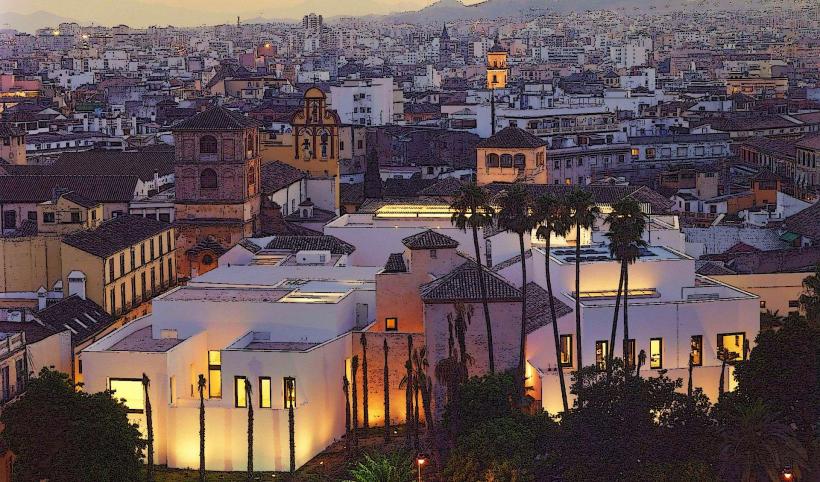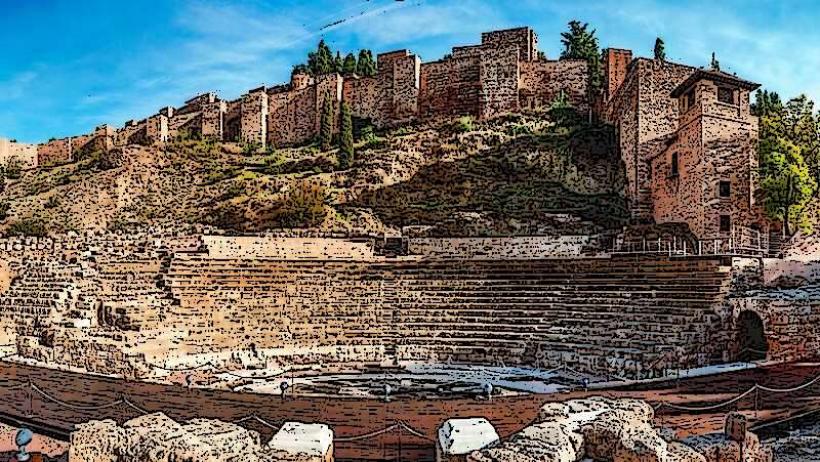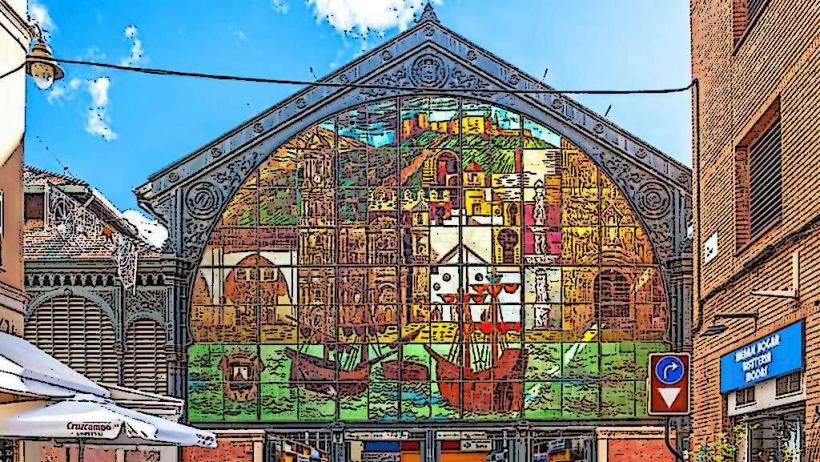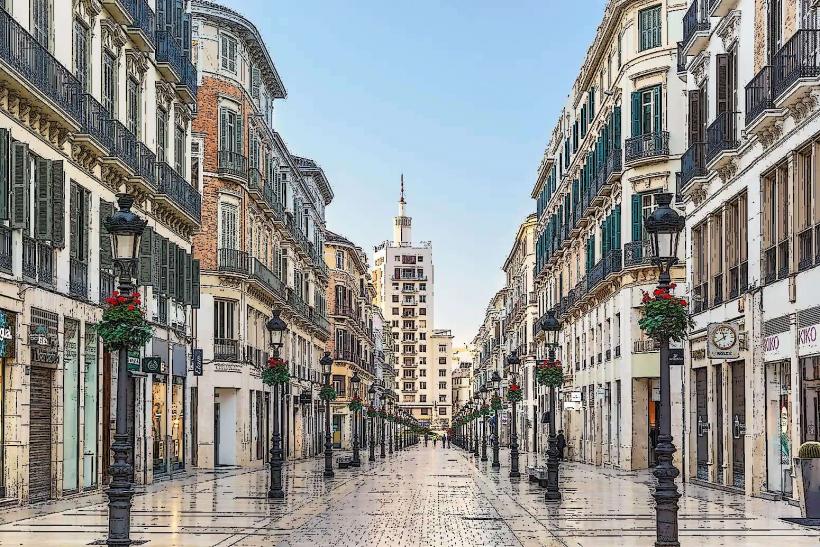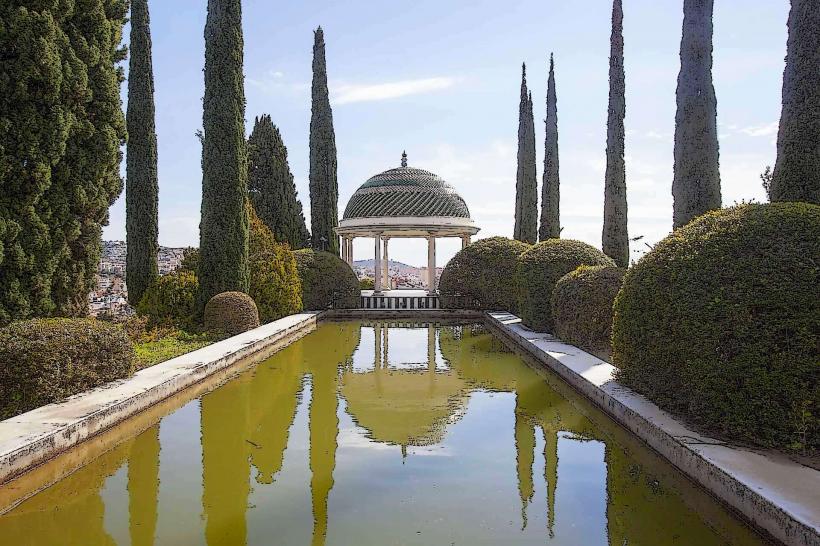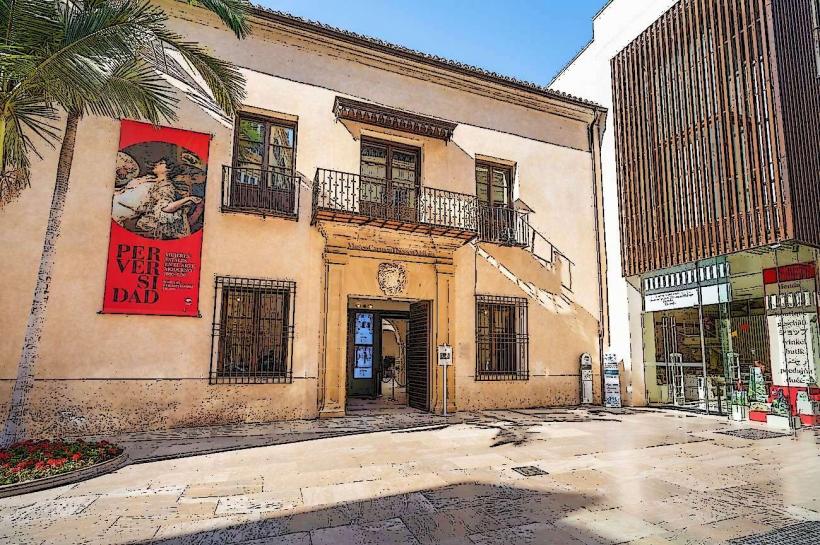Information
City: MalagaCountry: Spain
Continent: Europe
Malaga is a vibrant port city located on the southern coast of Spain, in the region of Andalusia. It is one of the oldest cities in Europe, with a history spanning over 2,800 years. Known for its rich cultural heritage, beautiful beaches, and Mediterranean climate, Malaga has become a major tourist destination in recent years, offering a blend of history, art, architecture, and modernity.
Historical Background
- Ancient Roots: Malaga was founded by the Phoenicians around 770 BC, making it one of the oldest continuously inhabited cities in Europe. It has been ruled by various civilizations over the centuries, including the Romans, Visigoths, and Moors. The city’s history is evident in its architecture, with landmarks reflecting its diverse cultural influences.
- Roman Influence: During the Roman era, Malaga was an important trading hub and was known as Malaca. It still has remnants of Roman architecture, including the Roman Theatre (Teatro Romano), which dates back to the 1st century BC.
- Moorish Period: Under Muslim rule, Malaga was an important city in the Nasrid Kingdom of Granada. The Alcazaba, a fortress-palace complex, was built during this time and still stands as one of the city's most famous landmarks.
Key Attractions in Malaga
Alcazaba
- The Alcazaba is a Moorish fortress that dominates the city’s skyline. Built in the 11th century, it offers stunning views of Malaga and the Mediterranean Sea. The fortress complex is surrounded by beautiful gardens and defensive walls, with various towers and courtyards. Visitors can explore its historical rooms, museums, and terraces.
Castillo de Gibralfaro
- Situated on a hilltop, the Castillo de Gibralfaro offers panoramic views of the city and the coast. It was originally built in the 14th century as a military fortress. Visitors can walk along its battlements and learn about its role in the defense of the city.
Malaga Cathedral
- The Malaga Cathedral (Catedral de la Encarnación) is a Renaissance-style building that started construction in 1528 and was completed in the 18th century. Known as “La Manquita” (the one-armed lady) due to its unfinished second tower, the cathedral is a masterpiece of baroque and Renaissance architecture.
Picasso Museum
- Malaga is the birthplace of one of the world’s most famous artists, Pablo Picasso, and the city pays tribute to him with the Picasso Museum. Housed in the Palacio de Buenavista, the museum displays an extensive collection of over 200 works by Picasso, including paintings, sculptures, and ceramics.
Roman Theatre
- The Roman Theatre of Malaga dates back to the 1st century BC and was rediscovered in the 1950s. It’s located at the foot of the Alcazaba and is one of the most significant Roman-era structures in the city. The theatre is still used for performances, providing a unique setting for cultural events.
La Malagueta Beach
- Malaga enjoys a Mediterranean climate, with warm summers and mild winters, making it an excellent destination for beach lovers. La Malagueta is the city's most famous beach, located just a short walk from the city center. It’s perfect for sunbathing, swimming, and enjoying beachside restaurants that serve fresh seafood.
Atarazanas Market
- The Atarazanas Market is a bustling food market located in a beautiful Moorish-style building. Visitors can explore the market’s colorful stalls, offering fresh local produce, meats, seafood, cheeses, and more. It’s a great place to experience the flavors of Malaga and Andalusia.
Calle Larios
- Calle Larios is the main shopping street in the city, lined with elegant 19th-century buildings. It is a popular place to stroll, with numerous boutiques, cafes, and restaurants. During the holiday season, the street is beautifully decorated with festive lights.
Cultural Significance
Flamenco: Flamenco music and dance are integral parts of Andalusian culture, and Malaga is no exception. The city hosts numerous flamenco festivals and performances throughout the year, where visitors can enjoy traditional music, dance, and cante (singing).
Festivals: Malaga is known for its vibrant festivals, including the Malaga Film Festival (Festival de Cine de Málaga), which showcases Spanish and Latin American cinema. Another notable event is the Semana Santa (Holy Week), where elaborate processions take place through the streets of the city, accompanied by religious music and rituals.
Gastronomy: Malaga is famous for its Mediterranean cuisine, which includes fresh seafood, grilled sardines (espeto), salmorejo (a cold tomato-based soup), and jamón ibérico. The city is also known for its sweet wine, Málaga vino dulce, made from Muscatel grapes.
Modern Malaga
Malaga has undergone significant transformation in recent years, with the revitalization of many of its historic districts and the introduction of modern art galleries and cultural spaces. The Centre Pompidou Malaga, located in the harbor area, is a branch of the famous Parisian museum, showcasing contemporary art. The Museo de Málaga, housed in a former customs building, offers a wide range of exhibitions, from archaeology to fine art.
Climate
Malaga enjoys a Mediterranean climate, characterized by hot, dry summers and mild, wet winters. The average temperature in summer ranges from 28°C (82°F) to 35°C (95°F), while in winter, temperatures can be as mild as 12°C (54°F). This makes it an ideal destination year-round, especially for those seeking sunshine and warmth.
Conclusion
Malaga is a city where history, culture, and modernity converge, making it a dynamic and exciting destination. From its rich Moorish past and Roman heritage to its vibrant art scene and Mediterranean beaches, Malaga offers something for everyone. Whether you're exploring its historic landmarks, relaxing on the beach, or indulging in delicious Andalusian cuisine, Malaga is a city that captivates with its charm, energy, and warmth.

